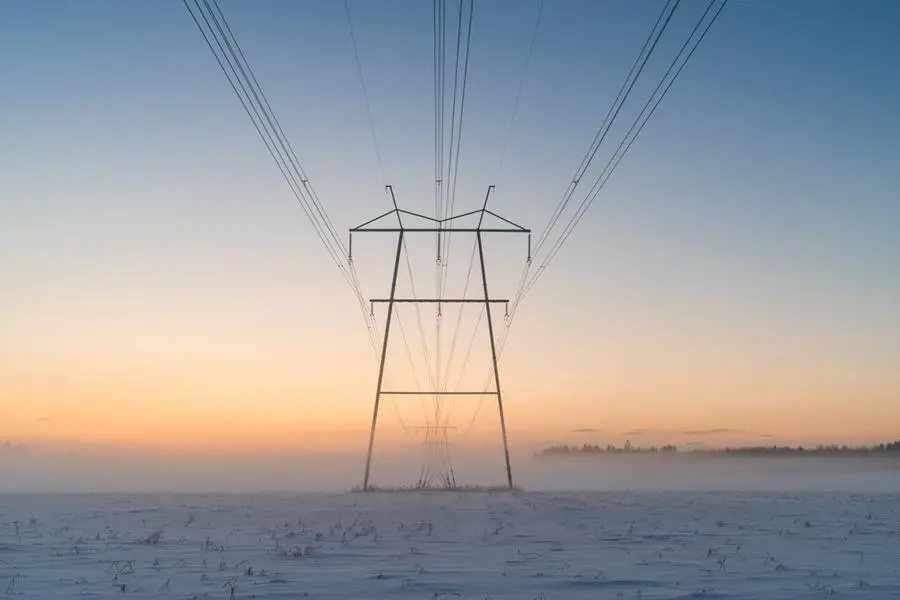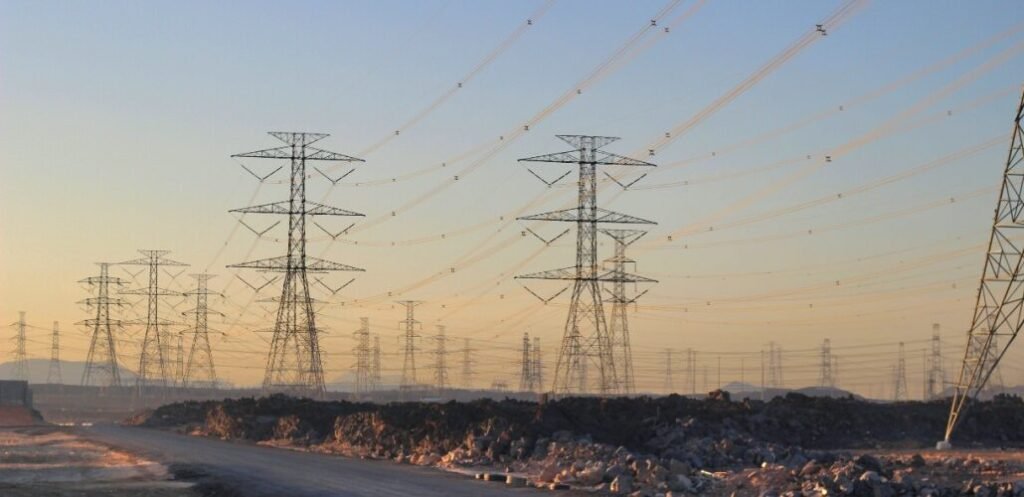India is taking a monumental leap in regional energy diplomacy, announcing plans to build a massive $10.5 billion undersea electricity transmission network to Saudi Arabia and the United Arab Emirates. More than just infrastructure, the project symbolizes India’s growing influence in the clean energy space—and a new chapter of connectivity between South Asia and the Gulf.
In an era when global sustainability efforts hinge on international collaboration, this bold initiative represents a turning point. With the undersea network in place, India will be able to export surplus renewable energy, helping to power homes and industries in the Gulf region with clean, green electricity generated from solar and wind.
The ambition is immense. The vision is clear. And the timing could not be more urgent.

Why India Is Looking Beneath the Sea for Solutions
India has rapidly grown into one of the world’s top renewable energy producers, especially in solar power. It now aims to put this surplus to good use—not just within its borders, but beyond.
There are several motivations behind this undersea energy corridor:
1. Exporting Renewable Energy Potential
India has already surpassed 100 GW of installed renewable capacity and is aiming for 500 GW by 2030. With increased solar and wind output, domestic supply often exceeds demand in certain regions and seasons. Sharing this power with neighboring and partner nations creates value from what would otherwise be wasted.
2. Strengthening Strategic Ties
This transmission line will act as a physical and symbolic bridge between India and two of its most important trade and energy partners: Saudi Arabia and the UAE. Energy interdependence leads to stronger bilateral and regional relations, enabling smoother cooperation on trade, defense, and climate commitments.
3. Supporting Gulf Countries’ Net-Zero Goals
Both the UAE and Saudi Arabia have committed to ambitious net-zero targets. However, given their geographic and climatic limitations, domestic renewable energy production remains expensive and complex. India’s ability to supply affordable green power helps accelerate their shift from oil-based power systems.
How the Undersea Transmission Line Will Work

The network will rely on high-voltage direct current (HVDC) technology, which is ideal for long-distance, low-loss electricity transmission. HVDC systems can carry thousands of megawatts of power across vast underwater distances more efficiently than traditional AC systems.
Engineers will lay undersea cables—likely extending more than 1,200–1,500 kilometers—across the Arabian Sea, likely entering Oman before branching into Saudi Arabia and the UAE.
The infrastructure will include:
- Submarine cable lines buried beneath seabeds
- Converter stations on both sides to shift between AC and DC
- Grid integration systems for smooth load balancing
This type of transcontinental energy infrastructure already exists in parts of Europe and North Africa. But for South Asia and the Middle East, it’s a game-changing first.
A Project With People at Its Core
This isn’t just about cables and converters—it’s about people.
For India, this mega-project translates into tens of thousands of skilled jobs in cable manufacturing, seabed surveying, engineering, logistics, and grid integration. Local economies in states like Gujarat and Tamil Nadu, where energy hubs are based, will see infrastructure boosts and employment rises.
For the Gulf, it offers clean energy for industrial parks, desalination plants, and urban centers—helping stabilize power grids that are under pressure from population and temperature increases.
Imagine Indian-generated solar energy lighting homes in Riyadh. Imagine Gulf cities operating on green power during scorching summer months. That’s what this initiative aims to make possible.
The Bigger Vision: One Sun, One World, One Grid
India’s undersea power link is not a standalone idea—it’s part of a much grander global vision.
At the COP26 summit in Glasgow, Prime Minister Narendra Modi launched the One Sun, One World, One Grid (OSOWOG) initiative—a global solar grid plan aimed at connecting renewable energy across countries and continents. The India-Gulf link could be one of its first real-world expressions.
Imagine power flowing not just from India to the Gulf, but from Africa to Asia, or from Europe to South America. The technology exists. What’s needed is political will and strategic partnerships. This undersea corridor could help lay that groundwork.
Environmental Challenges and Solutions
Large-scale infrastructure always raises environmental concerns, and this project is no exception.
Laying undersea cables can disrupt marine ecosystems, seabed habitats, and coastal biodiversity. Saltwater corrosion, seismic risks, and underwater pressure also present operational challenges.
However, Indian authorities have promised to conduct thorough Environmental Impact Assessments (EIAs) before launching construction. This includes:
- Marine biodiversity mapping
- Cable trenching to minimize exposure
- Noise reduction techniques during installation
- Partnerships with conservation bodies to ensure best practices
By building with responsibility and foresight, India hopes to show that clean energy expansion can go hand-in-hand with environmental protection.
Funding, Timeline, and Global Implications

This $10.5 billion project is expected to be a public-private partnership with heavy involvement from sovereign investment funds, energy conglomerates, and international infrastructure financiers. Talks are already underway with stakeholders in both India and the Gulf.
Project Timeline (Tentative):
- 2025–2026: Feasibility studies, route mapping, and regulatory alignment
- 2027–2029: Infrastructure procurement, environmental approvals
- 2030–2032: Construction and phased commissioning
- 2033+: Full operational capacity and grid integration
While the primary focus is bilateral (India–Gulf), the model could be replicated across other regions. Southeast Asia, East Africa, and even Central Asia could become part of this new energy network. India is likely to use this project as a case study for future global energy diplomacy.
Conclusion: From Vision to Voltage
India’s undersea power corridor to Saudi Arabia and the UAE represents more than an engineering achievement—it’s a statement of intent. It signals that India is ready to play a central role in global energy security, and that it can do so sustainably, collaboratively, and innovatively.
At a time when the world desperately needs climate solutions, India’s energy export vision offers hope. It’s about powering progress, not just profit. It’s about lighting homes across borders, and turning surplus into solidarity.
As the cables stretch beneath the sea, they also connect cultures, economies, and futures—offering a real-world example of how clean energy can become a force for peace, prosperity, and planetary health.
Do follow UAE Stories on Instagram
Read More: UAE’s Non-Oil Powerhouse: Growth Forecast Upgraded to 4.6% in 2025













